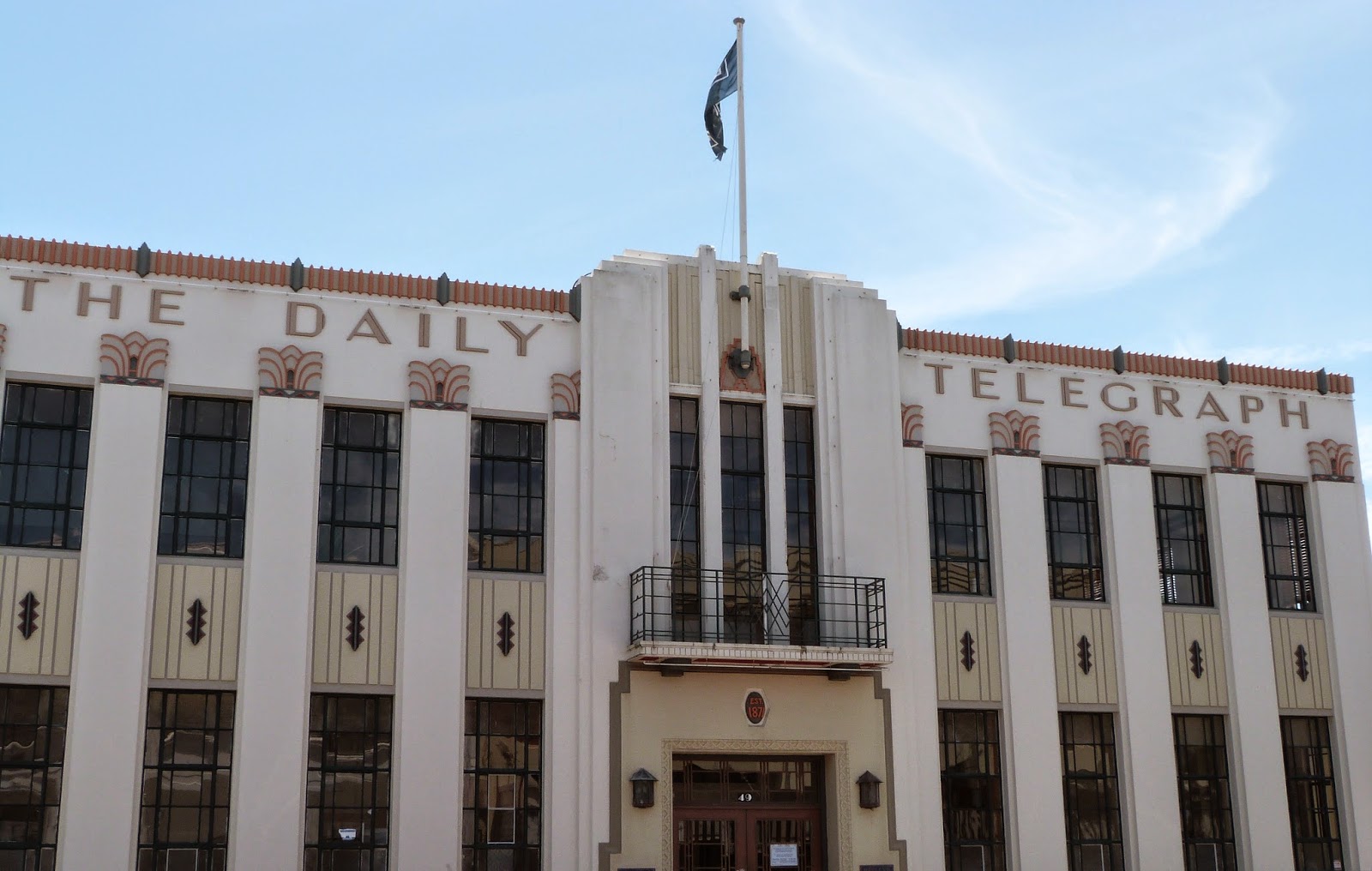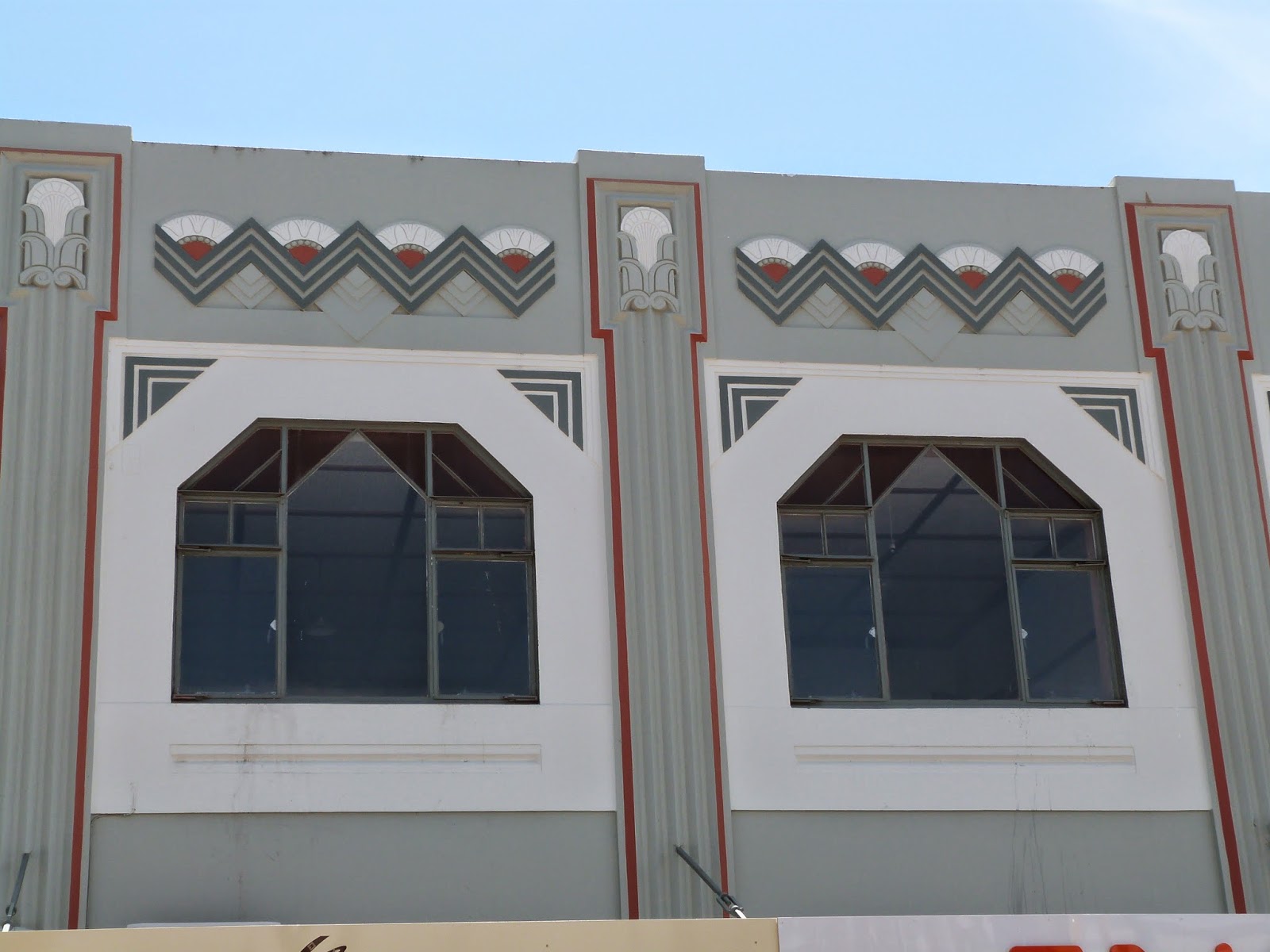Richard III is a long play by modern standards. The Bacchanals’ production at BATS Theatre therefore started early, at 7:00pm, to
accommodate their 3-hour run time.
This posed a challenge for our dining arrangements, as we
were going to be in a bit of a hurry. We booked Whitebait – the new restaurant
opened by the owners of The White House, which closed last November. This is
located on the new development of the Overseas Terminal in Wellington, and is
an up-market (mainly) seafood restaurant. Wellington needs one of these since
Martin Bosley’s establishment in the Royal Port Nicholson Yacht Club closed
earlier last year. Fortunately the Overseas Terminal – or Clyde Quay as we
should now call it – is only 5 minutes’ walk from BATS.
We got there promptly. The restaurant has a big
glass-fronted dining room, which, given Wellington’s usual climate, doesn’t
normally pose a problem. However, over the last few days Wellington has been
basking in sunshine, so it was quite hot by the window.
We both ordered cold starters – crab salad for me and stuffed
courgette flowers for Nicola, followed by herb-crusted bluenose and roasted
snapper. The fish was cooked to absolute perfection, with the segments just
sliding apart. Having mentioned to the waitress our deadline at the beginning,
we found ourselves with time for a dessert, so I had a strawberry cheesecake
with basil sorbet, and Nicola had a rosewater sorbet with asti and strawberry
meringue.
My verdict? It was all good. It was all well presented. But it wasn’t no Martin Bosley, and I think you get more bang for your buck from Ortega Fish Shack.
My verdict? It was all good. It was all well presented. But it wasn’t no Martin Bosley, and I think you get more bang for your buck from Ortega Fish Shack.
So, off we toddled to the BATS theatre. The production
was being staged in the Dome part of the theatre, which is the largest
performing space. The actors are all out on stage at the beginning, and from
the look of it we may have been the only people there who weren’t friends or
family of someone in the cast.
The production was minimalist – some of the characters were in period costume, others in jeans or suits. The stage dressing consisted of a throne at one end, and a scaffolding tower at the other, from which some parts were staged. Otherwise, apart from a National Party election poster where the face of Richard had been stuck over that of John Key, there was no real decoration. A few rather heavy-handed references were also made to the recent election during the play.
All in all, it had a studenty, agit-prop feeling. There was a lot of overacting, shouty deliverance, and contrived expressions, which rather detracted from the performance. At times they seemed to be rather rushing through their lines, which actually I was thankful for, as it got us to the end quicker. Definitely not the best production of a Shakespeare play that I've seen.
We shall of course continue to patronise the BATS theatre ("you're not a bad little theatre for your size", roffle) but I think I might steer clear of The Bacchanals.











































